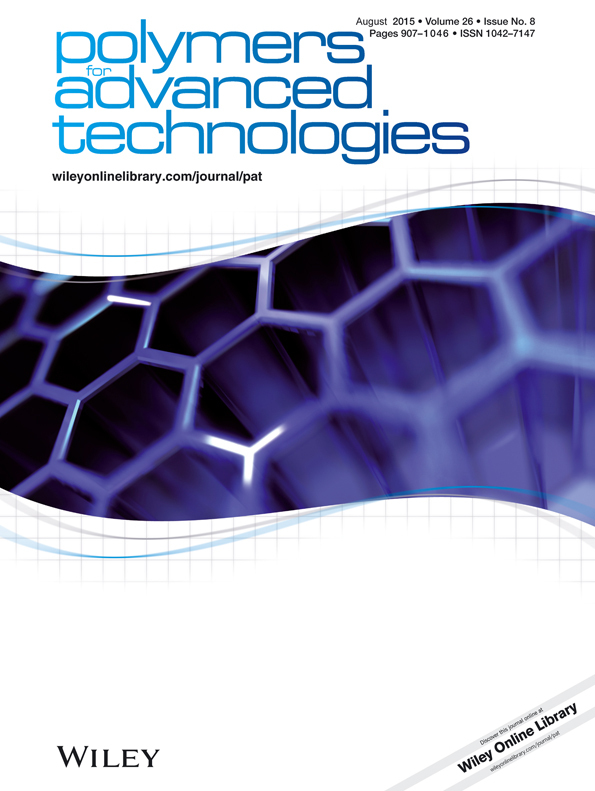Synthesis of polyamidoamine dendrimer (PAMAM/CuS/AA) nanocomposite and its application in the removal of Isma acid fast yellow G Dye
Abstract
The adsorption of Isma acid fast yellow G dye was studied using polyamidoamine (PAMAM)/Copper sulfide (CuS)/AA nanocomposite containing different amounts of CuS by batch technique. PAMAM dendrimer/CuS/AA nanocomposites were synthesized via gamma irradiation cross-linking method with the aid of sonication. The nanocomposites were characterized by Fourier-transform infrared, X-ray diffraction, transmission electron microscope, energy dispersive spectroscopy X-ray, thermal gravimetric analysis, ultraviolet-visible, and fluorescence spectroscopy. The size of the CuS nanoparticles was formed in the range of 12–19 nm. The adsorption capacity of the nanocomposites was evaluated as a function of initial dye concentration, pH, adsorbent dosage, and time. It was verified that the adsorption rate fits a pseudo-second-order kinetics for initial Isma acid fast yellow G dye concentrations. Results indicated that the adsorption of Isma acid fast yellow G dye fitted well to the Langmuir model. Our results demonstrate that the PAMAM dendrimer/CuS/AA nanocomposite is very promising for removing organic dyes from wastewater. Copyright © 2015 John Wiley & Sons, Ltd.




